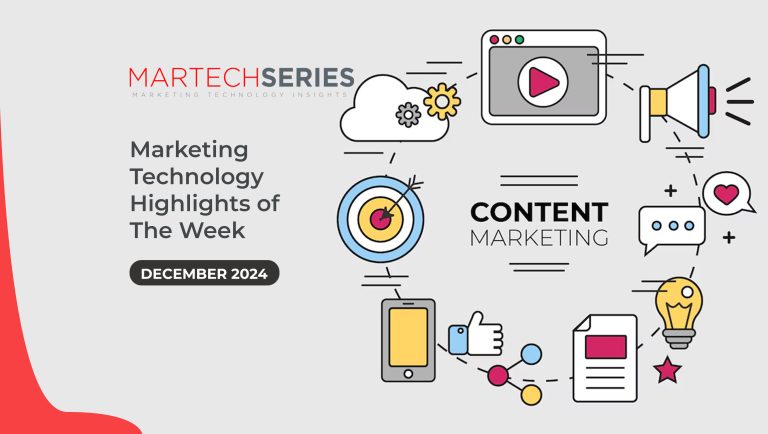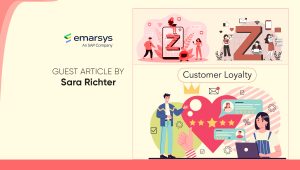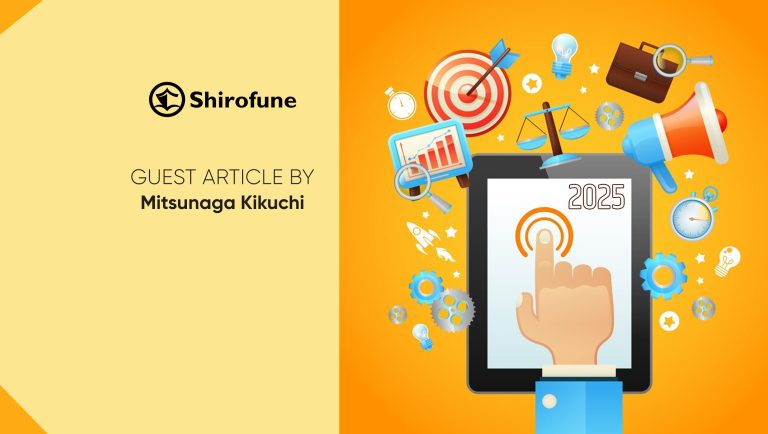Done right, Product Recommendations increase conversions, boost average order value and strengthen Customer Loyalty. They also automate content, freeing up labor costs so creative efforts can focus elsewhere.
But not all Product Recommendations are created equal. Sure, you can easily make recommendations based on best sellers, current trends or current sales, and that’s usually moderately successful. But if you want to see a significant lift that truly impacts your bottom line, recommendations should be personalized based on each customer’s up-to-the-minute shopping activity and purchases. McKinsey reports that as much as 35 percent of Amazon’s revenue is generated by its personalized Product Recommendations. In addition, studies show that personalized Product Recommendations in email can increase dollars per email (DPE) by more than 40 percent.
When it comes to Product Recommendations, first-party data is what drives significant lift – particularly knowing the products, categories and sales that a customer recently engaged with on your website. AdTech firm Sizmek reports that 85 percent of the U.S. brand marketers say, increasing their use of first-party data is a high priority, but for many brands, it’s a struggle to get the right strategy and technological infrastructure in place to capture and use this data effectively. A recent survey of the U.S. internet users by Infogroup reflects this, with 93 percent reporting they weren’t getting any relevant marketing and 44 percent reporting they would switch to brands that did a better job of personalizing content.
Read more: What Does AI Need to Succeed for Marketers: Human Intelligence
For Personalization to be relevant, first and foremost, it’s crucial to be able to identify website visitors so their shopping activity can be captured each time they visit your website. Many vendors and ESPs tout their abilities here, but there are two key questions to ask. First, is their identification person-based? True web visitor identification links to a person via a universal identifier, such as an email address, not to a browser or device via cookies. Person-based identification is essential not just for effective Product Recommendations but also drives the ability to deliver cohesive, cross-channel Personalization across the board. Second, what percentage of website visitors are actually identified via a person-based method? If it’s less than two-thirds, it’s probably time to explore other options. There’s no need to switch ESPs though, simply choose a service that integrates with your current ESP to boost identification rate.
It’s also crucial to capture shopping activity across multiple channels to develop a cohesive understanding of what each customer – at this very moment – is most likely to purchase. Did a customer just purchase a blue evening dress in-store? An email recommendation for matching accessories will likely hit the spot. Did a customer in the store recently browse summer blouses on your website? A store associate can tout the latest blouse to hit the sales floor. This kind of cohesiveness can’t be achieved with cookie-based data.
Next you need to consider data capture capabilities. Knowing how frequently and recently a customer browses particular products, brands, styles and/or categories is crucial to uncovering interests and buying intent. But that’s only part of the picture. Both online and offline purchasing history that is updated in real-time is also crucial, or you can easily end up recommending something that’s already been purchased.
Also consider the methodology that’s used to turn data into recommendations. To predict a consumer’s interests, a good recommendation engine will use advanced techniques that go beyond merely recommending items that are often bought or browsed together. It will also incorporate filters that include or exclude certain criteria after identifying individual preferences for colors, brands, price points, categories, etc. All of this should be accomplished in real-time, ensuring recommendations are not based on data that’s already stale. Recommendations should also be rendered in real-time – such as at the moment an email is opened, not at the moment it is sent.
A good recommendation engine should also include social proof. Study after study shows that consumers trust recommendations from other people above all other forms of marketing. Showing that a recommended product has been viewed or carted by a significant number of shoppers during the last hour is a great way to boost conversions.
Last but not least, you’ll want to be charged based on the most cost-effective method for you. You can pay for product recommendations by flat fee, impression or based on performance. Flat fees work best for those who need to stick to a specific budget, while impressions work best if you want to tie your costs to the number of people you are reaching. Performance-based programs hold the vendor accountable for recommendation quality, with the vendor getting paid only when the brand gets results.
Mutually beneficial
Effective personalized product recommendations are mutually rewarding for both the retailer and the shopper. Retailers strengthen Customer Loyalty and increase their bottom line, while shoppers get the satisfaction of feeling recognized, better understood, and offered the products they truly want.
Read more: Recommendations Are the New Dashboards






















